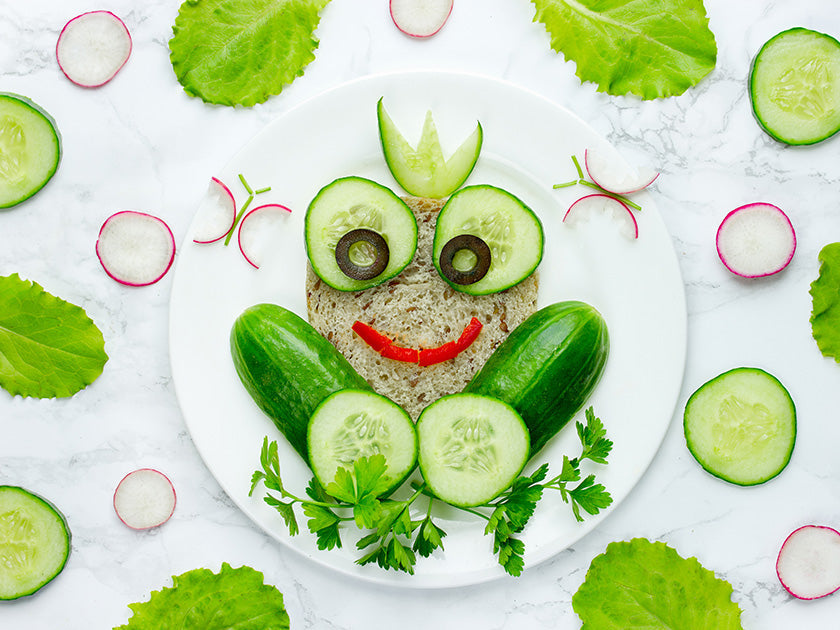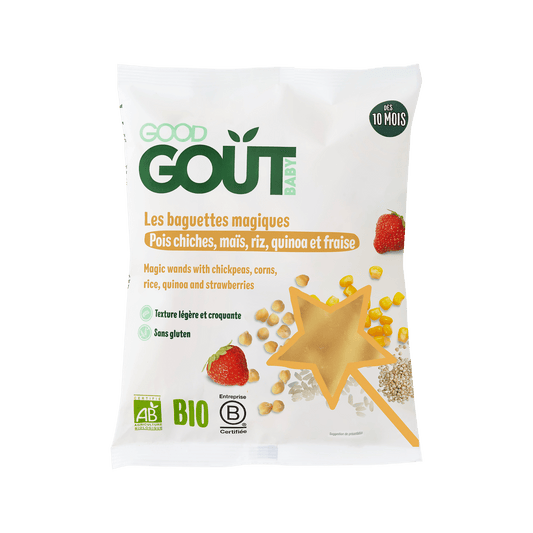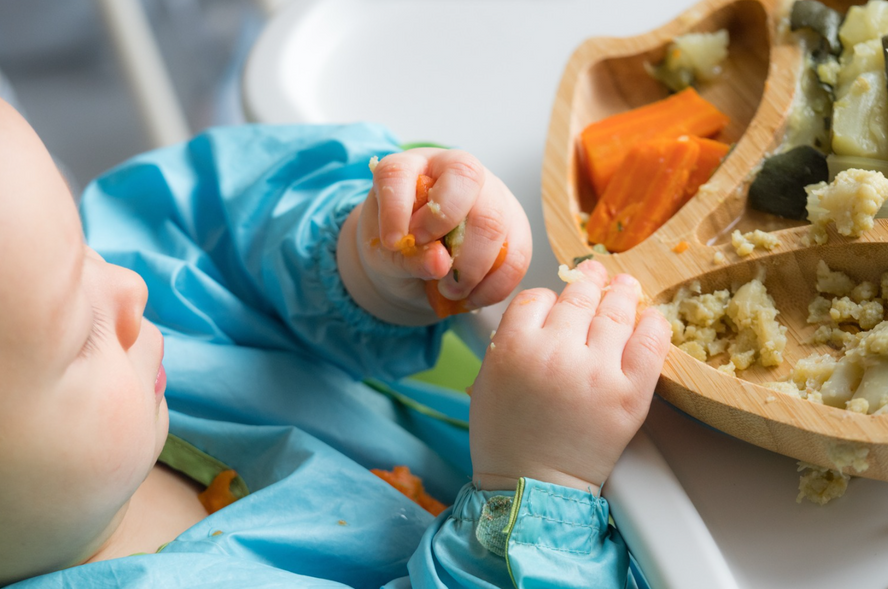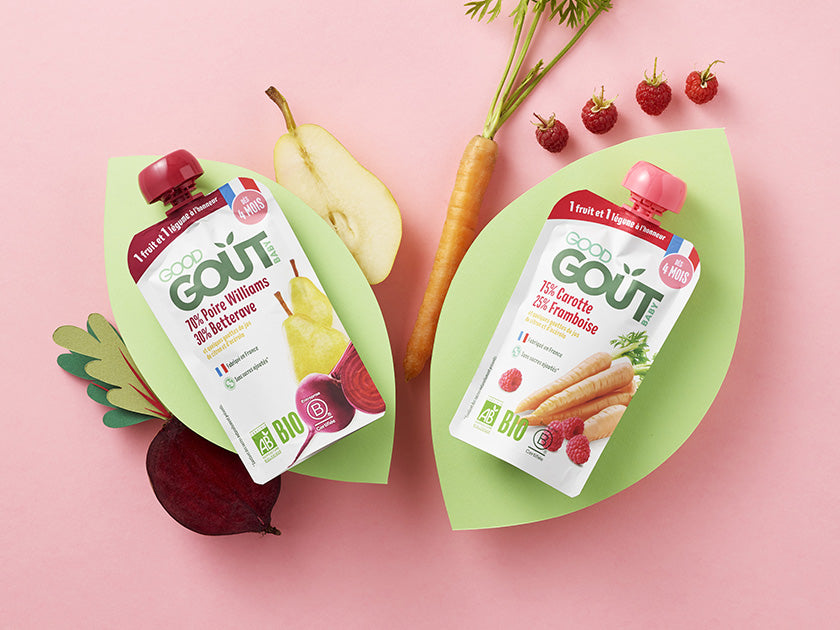You've probably heard of the green puree that squirts out of the high chair just because your baby has a phobia of this color, synonymous with "vegetables." Stop getting discouraged! A study has just been released that debunks some preconceived notions about the eating habits of children under 6...
“Habeat Project”: 4 years of observing babies’ meals
The HabEat project was conducted by 11 research groups from six different European countries. This study was conducted on children aged 0 to 6 over a period of four years. Completed in January 2014, this project examined the eating habits that develop during childhood.
Because without us necessarily being aware of it, our tastes and eating habits as parents have been strongly influenced by what we used to eat when our little one was older.
So, by providing your child with a diet rich in fruits and vegetables, you're fostering good habits for their future. And, consequently, their good health!
So start around 4 to 6 months of age to diversify your toddler's diet (fruits and vegetables being the stars) thanks to some good ideas brought to you by this very recent project.
Your baby + vegetables: no, they are not incompatible!
We will remember five essential pieces of information from the HabEat project that will challenge some of our preconceived ideas.
It's often said: snacking is bad! So should we ban small snacks between meals?
Not necessarily, it's normal for your growing little one to feel a little hungry outside of their usual mealtimes. But if this happens, avoid giving them chips or candy at all costs (they're too high in salt, fat, and sugar)! A small carrot stick or a mini carrot rice cake will do the trick just fine.
Should we add "Kiri" to all vegetable dishes to get him to eat them?
Even though the current advertising for the famous mini-portion cheese suggests it, it's best to avoid including it at every meal. "Kiri" is, above all, a cheese. It's quite fatty and quite low in protein. Use in moderation!
I don't dare insist when I see baby grimacing at the zucchini puree I'm offering him!
Let's not kid ourselves, we've all given up when we see a baby's grimacing face in front of a spoonful of green vegetables! And yet, we shouldn't trust appearances! In fact, baby's little grimaces are actually more often synonymous with surprise than disgust. So don't let your baby's surprise fool you and don't hesitate to try again a little later. Perseverance is the key here.
How do I know if he doesn't like what I'm offering him?
After 8 attempts spread over several days, your baby still doesn't like what you're offering? Leave the food in question aside for a while; your baby clearly isn't ready for it! However, don't hesitate to try the experiment again a month later. Tastes are constantly evolving, especially at this age!
Should I offer my baby a new vegetable at each meal when weaning?
Baby isn't going to change their diet overnight. They'll still prefer milk for a while yet. So start by introducing each new food very gradually. Once a day to start, and as soon as you feel they're ready, increase the number of new foods offered each day. Also, remember to let them decide how much of each vegetable to eat. There's no need to pressure them; they don't want to see vegetables as a punishment!
A tip for bluffing baby with vegetables?
You can try the vegetable mix strategy, which sometimes proves effective, but remains significantly less effective than repetition. Does your baby have trouble with zucchini? Add a little avocado to your zucchini puree; he'll surely appreciate its sweetness. Coconut milk will also add a fresh, naturally sweet note to your baby's meals.
Spices and herbs can also have surprising effects. For example, add a pinch of cumin to your baby's grated carrots, a small mint leaf to his pea velouté or a pinch of nutmeg to braised endive and diced ham; he too deserves to enjoy delicious dishes that are full of flavor!
Sources:
Dr. Alain Bocquet: http://www.mpedia.fr/142-diversification-alimentaire.html












